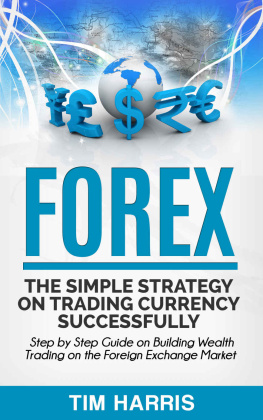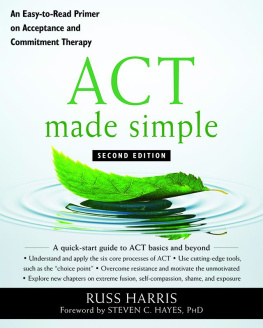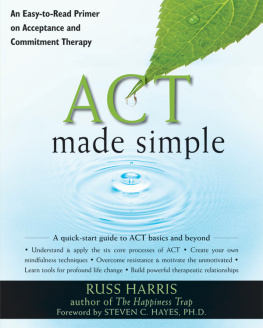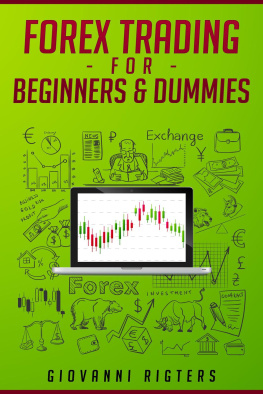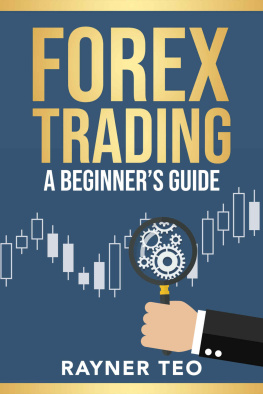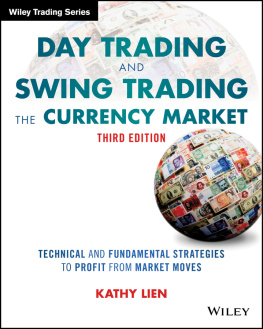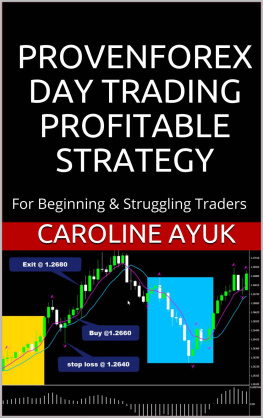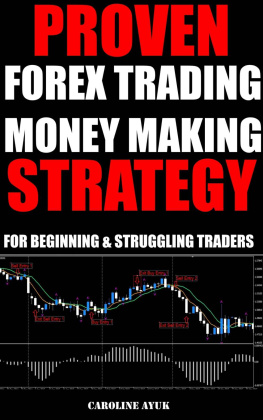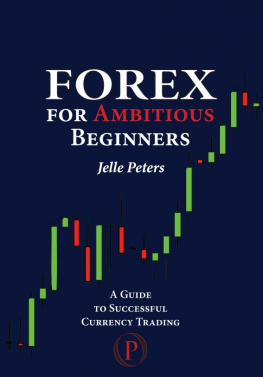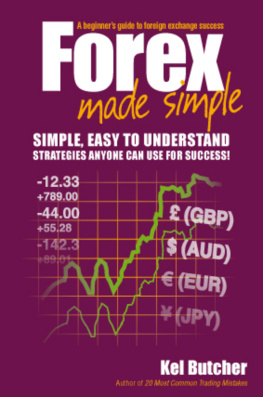I want to thank you and congratulate you for downloading this book, Forex: The Simple Strategy on Trading Currency Successfully .
This book contains proven steps and strategies on how to better understand forex trading as an excellent investment alternative. Over the past decade, foreign exchange trading has gained increasing popularity in the investment world all over the globe. Through this book, I hope you will be familiar with the technicalities and effective strategies in forex trading that can let you earn a profit of up to $200 per day.
I encourage you to share this book with your friends and family, and please take the time to write a short review on Amazon to share your thoughts.
Chapter 1: What is Foreign Exchange Trading?
The foreign exchange (forex) market is a global market where one can buy and sell any of the currencies of all countries in the world. The forex market was opened during the 70s with the establishment of free exchange rates. Since that time, the people and businesses who have participated in the forex market have always determined what price one currency will have counter to another currency based on the law of supply and demand. The forex market has always been considered a free trade because it is exempt from any outside control. All those who want to participate in forex trading are free to compete with one another, and they can always choose to enter into a transaction or not.
The huge quantity of forex trading transaction carried out every day in a nonstop movement make the forex market one of the most liquid monetary markets in the world. Based on several research studies, the volume of money traded in the forex market amounts to almost five trillion US dollars per day not millions, not billions, but trillions of dollars. The highest recorded volume of transactions amounts to almost six trillion US dollars in just one day, and the average daily amount of total transactions is around three trillion US dollars. The precise amount cannot really be ascertained because all forex transactions are not completed in one central forex exchange.
You can conduct forex trading from anywhere in the world through both telecommunication networks and the Internet. Unlike the stock market that only operates during the traditional business hours, the forex exchange operates 24 hours a day, five days each week. Forex trading starts at 00:00 GMT on Mondays and ends at 22:00 GMT on Fridays. Wherever you may be, you can always find a dealer who can give you currency quotes in all time zones. The major forex exchanges are located in the following principal markets: Frankfurt and London in Europe, New York in North America, Tokyo and Hong Kong in Asia, and Australia and New Zealand in the Pacific.
The foreign exchange market is capable of maintaining its neutrality and avoiding being controlled by just a few huge participants because of the sheer volume of transactions. Even if there are huge participants who want to control the market by willingly altering the prices, they will be required to invest several billions of US dollars. Unlike the stock market, which can easily crash because of a major economic event, the forex market can easily bounce back after a catastrophic event because of the high volume of money flowing in and out of it every day.
To better understand how forex transactions are quoted, you just need to remember that a base currency is always quoted as a unit equivalent to the exchange rate of the quote currency. For instance, if you see the quote EUR/USD = 1.2762, it means that the base currency is the EUR, and one unit of EUR is equal to 1.2762 USD (which is the quote currency).
Each forex trading transaction is completed through separate contracts, which are also referred to as lots. The typical size of one contract or lot is 100,000 units. This signifies that if you acquire one typical sized contract, you will be able to control a base currency with a total quantity of 100,000 units. Each contract is then subdivided into pips, which pertains to the minimum price increment. Standard lots or contracts normally have a pip value of $10, but if you are just starting with forex trading, you can try the mini-accounts that some forex companies offer, wherein the lot size can be as low as 10,000 units with pips amounting to just $1 or even less.
Compared to the stock market, the forex trading market requires quite a lower margin, especially when you know how to take advantage of leverage. In forex trading, you are not obligated to actually purchase a currency, so you are able to trade it a later time. You can technically open a forex position to buy or sell a currency even if you do not own any of that currency. You can open a normal forex account through an Internet broker by setting up a minimum deposit of $2,000. With the minimum deposit, you can start trading in the forex market with a 1:100 leverage. That means that you can open a position amounting to $200,000, but with an investment of only $2,000 and the remaining $298,000 as a credit.
If you do not wish to invest a big amount right away, there are several forex brokers who offer a mini-account for a smaller investment amounting to $250. A mini-account can allow you to control up a lot of up to $10,000 units of base currency with a margin deposit of $50 only. This means that you can work with a leverage of 200:1 computed as $10,000 divided by $50. Your $250 minimum investment can then allow you to trade up to five mini-lots. In other instances, the leverage can go as high as 400:1 or even 500:1, which means that you will be required to use a margin deposit lesser than $50.
The leverage you can enjoy in forex trading is around fifty times higher than what stock trading can offer. As mandated by United States laws, you can have an intraday leverage of 4:1 in stock trading if you own an account of at least $25,000. This is not to say that working with a high level of leverage is always ideal, because it also involves a high level of risk. If you are willing to take on that risk, you will have a higher level of flexibility in executing various strategies in trading forex.

